red tiger as hardy as basjoo?
nucci60
17 years ago
Related Stories
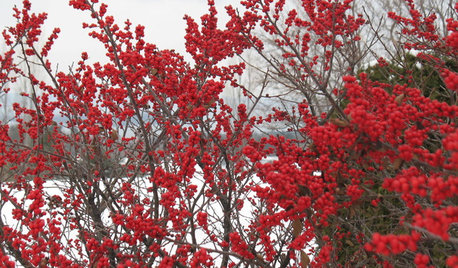
GARDENING GUIDES6 Rockin’ Red Plants for Winter Gardens
Use the bright berries or branches of these cold-climate favorites for outdoor garden interest or container arrangements anywhere
Full Story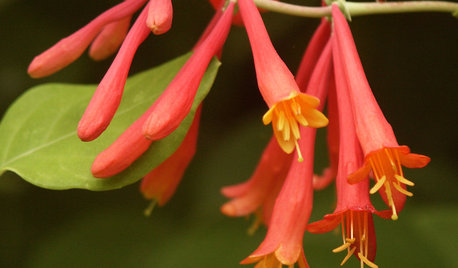
GARDENING GUIDESGreat Design Plant: Lonicera Sempervirens
Grow this long-blooming, flashy flowering vine to cover a fence or arbor and attract hordes of hummingbirds all season long
Full Story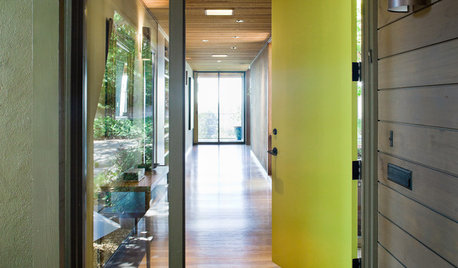
CURB APPEAL5 Bright Palettes for Front Doors
Splash bold green, blue, orange or red on your front door, then balance it with a more restrained hue on the rest of the house
Full Story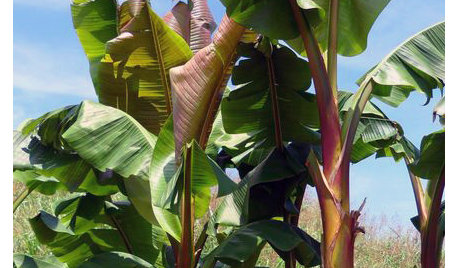
GARDENING AND LANDSCAPINGBring the Tropics to Your Cold-Climate Garden
Delightfully deceptive, these plants combine a durable nature with a tropical look to add a touch of the exotic to cooler landscapes
Full Story
GARDENING GUIDES6 Plants That Beat Butterfly Bush for the Wildlife Draw
It's invasive, a nonnative and a poor insect magnet. Check out these better alternatives to butterfly bush in the garden
Full Story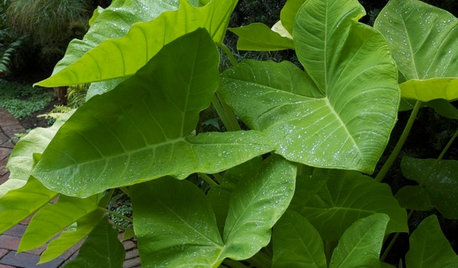
GARDENING GUIDES7 Tropical Wonders of the Plant World
Go for high impact with the spectacular foliage, over-the-top florals or iconic profiles of these hand-picked tropical favorites
Full Story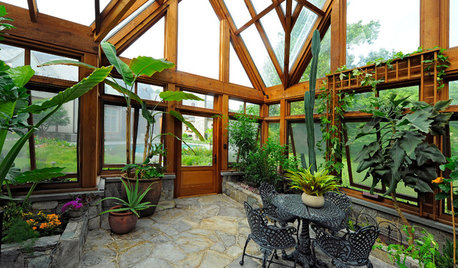
EDIBLE GARDENSThe Enticing Garden: How to Grow Bananas
Sweeten your dining table with surprising flavors of banana cultivars while adding tropical flavor to your garden
Full Story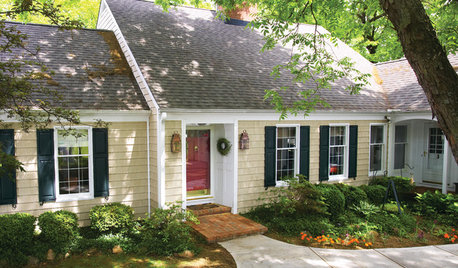
HOUSEKEEPINGHow to Wash Your House
Avoid damage to siding and plants while getting your home's exterior shining clean, with this guide to using pressure washers and hoses
Full Story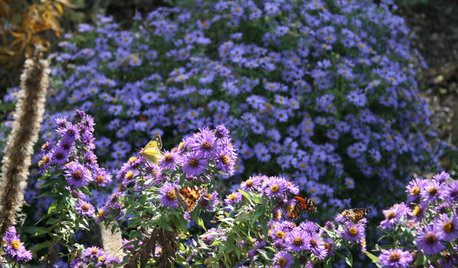
FLOWERS15 Native Flowers That Attract Butterflies
By picking plants from this list that are right for your location, you’ll get colorful blooms and support pretty pollinators
Full Story
GARDENING GUIDESHouzz Call: What’s Your Favorite Backyard Beauty?
The simple, honest daisy is this writer’s go-to garden flower. We want to hear which plant, flowering or otherwise, gives you special joy
Full Story





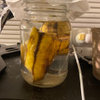

bihai
shiollie
Related Professionals
Barrington Hills Landscape Architects & Landscape Designers · Benbrook Landscape Architects & Landscape Designers · Anderson Landscape Contractors · McKinney Landscape Contractors · Berkley Landscape Contractors · Berwyn Landscape Contractors · Chesapeake Ranch Estates Landscape Contractors · Dedham Landscape Contractors · Haverhill Landscape Contractors · Lady Lake Landscape Contractors · New Cassel Landscape Contractors · Raleigh Landscape Contractors · Boone Roofing & Gutters · Cambridge Roofing & Gutters · SeaTac Roofing & Guttersbobcat
nucci60Original Author
dilbert
shiollie
nucci60Original Author
mrbungalow
dilbert
mrbungalow
mrbungalow
cannaz
dilbert
fglavin
bobcat
nucci60Original Author
bobcat
sandy0225
nucci60Original Author
bobcat
mrbungalow
dilbert
mrbungalow
juni_perez